FS Colour Series: Yellow Inspired by Andre Derain’s Blazing Sunlight
The French Fauvist painter Andre Derain made paintings of France that were charged with electrifyingly bolts of colour, including the blazing shade of ochre seen in YELLOW Linen. Along with Henri Matisse and Maurice de Vlaminck (among others) they spearheaded a new brand of painting that moved beyond the real world into the realms of the magical, spiritual, and emotive, where colours roam wild and free, divorced from the constraints of realism. He wrote, “We become intoxicated with colour, with words that speak of colour, and with the sun that makes colours brighter.”
Derain was born in 1880 in the quiet suburb of Chatou, France. At school in the Lycee Chaptal in Paris he showed early artistic promise, Derain left school to train in the studio of Father Jacomin, followed by study with the Symbolist painter Eugene Carriere. It was here that Derain first met Henri Matisse, 11 years his senior, and the pair struck up a close friendship, forged by a mutual desire to paint in daring and non-traditional ways.
While military service in 1902 stalled Derain’s progress, by 1905 he had set off for Collioure with Matisse, in what would become one of the most instrumental and prolific moments in each of their careers. Working closely in the outdoors, they both responded intuitively to the sleepy French village’s parched, sun-baked landscape and scattered coastal villages with an experimental approach, heightening, exaggerating or completely changing real, observed hues for dramatic effect, and applying paint in wild, expressive streaks and flat planes. For Derain, the most important factor was to capture the fleeting effects of light, which he explored with playful, daring colours, writing, “The substance of painting is light.”
In Porte de Peche, Collioure, 1905, we see Derain toying with what would become his trademark intense colour schemes, coupling iridescent yellow with rich ultramarine blue, amplifying the contrast between the sun-soaked port and the intoxicatingly cool aqua water beyond. Meanwhile, shadows are a daring shade of deep green that ripples throughout the water and across the vivid port where workers toil in the sunlight. Made during the same productive holiday, Landscape by the Sea- The Côte d’Azur near Agay, 1905 takes a more spirited and imaginative approach, reimagining the mountains as searing hot pink and vivid purple, creating a stark contrast with the blaze of flat, yellow ground that spreads out across the painting’s centre. Looking back, Derain considered this abstract, playful take on the landscape as, at least in part, a response to the advent of photography, and a desire to separate painting into something other, as he explained, “It was the era of photography. This may have influenced us, and played a part in our reaction against anything resembling a snapshot of life.”
When Derain and Matisse exhibited their fiery new paintings of Collioure at the Salon D’Automne later the same year, they were met with an equal amount of praise and criticism – one critic, Louis Vauxcelles, famously referred to them disparagingly as Les Fauves (The Wild Beasts) and the name stuck. Yet Derain sold four of his paintings, and through Matisse he later met the art dealer Ambrose Vollard, who became one of his greatest patrons.
Painted just a year later, the dazzling artwork The Turning Road, L’Estaque, 1906, was to become on of the most celebrated of Derain’s early career. Painted in the popular artistic haunt of L’Estaque on the southern coast of France, Derain’s masterwork entirely reimagines the vibrant, sun-soaked countryside as a glowing vision of hue and light, where ochre and lemon yellows become intense sunlight, set in amongst shadows that shift from purple and orange to deep, dark blue.





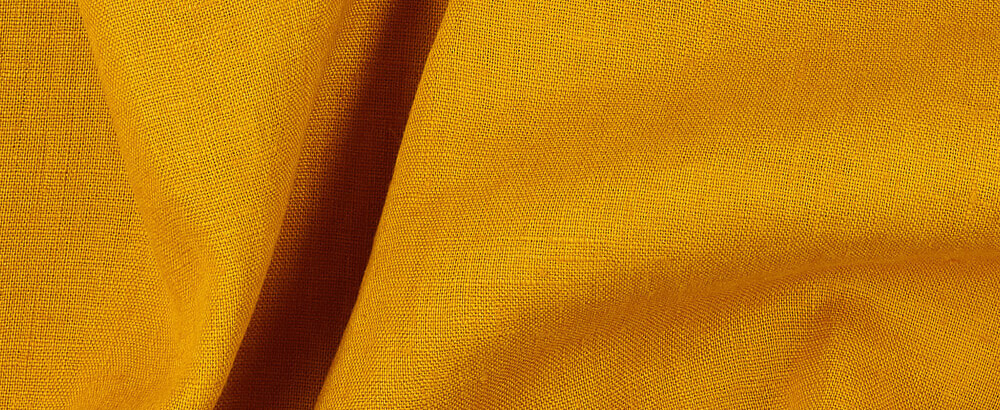
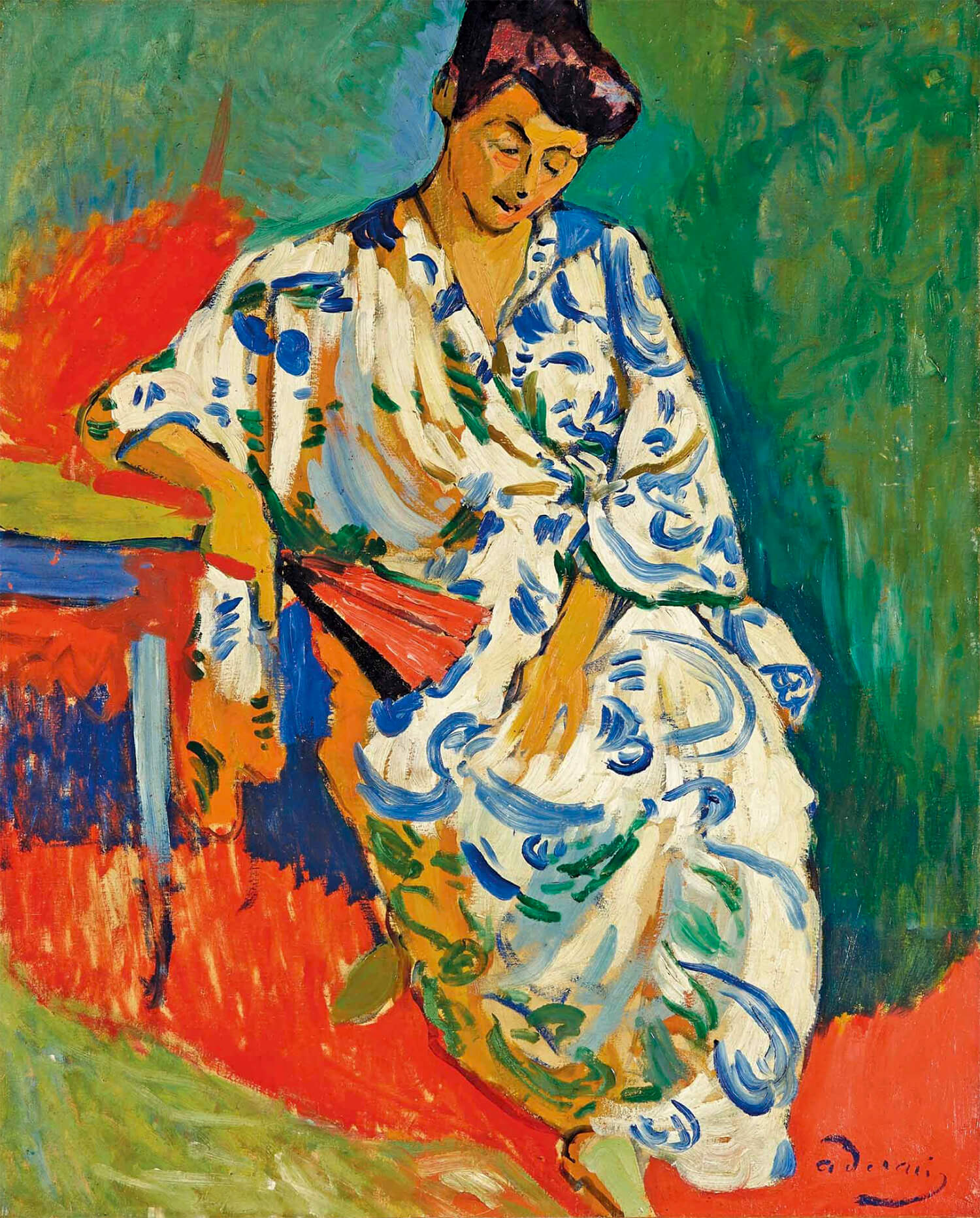
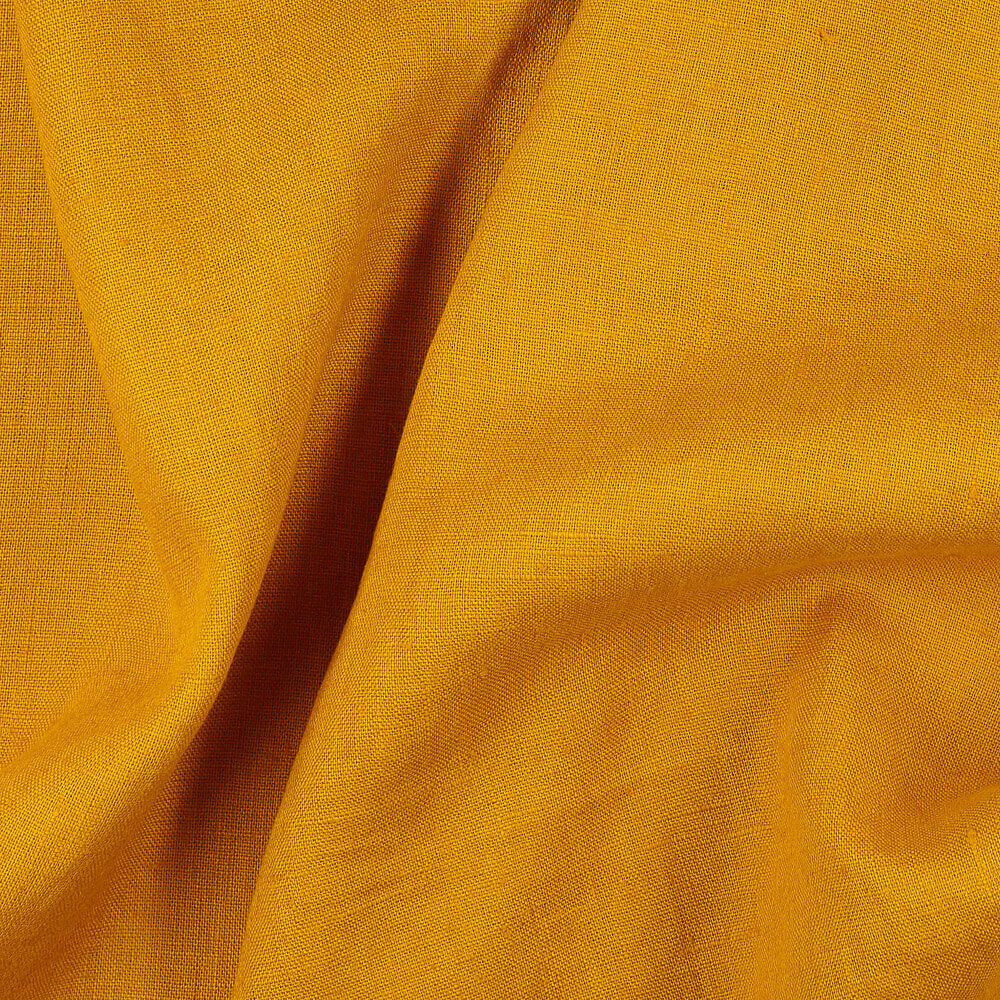
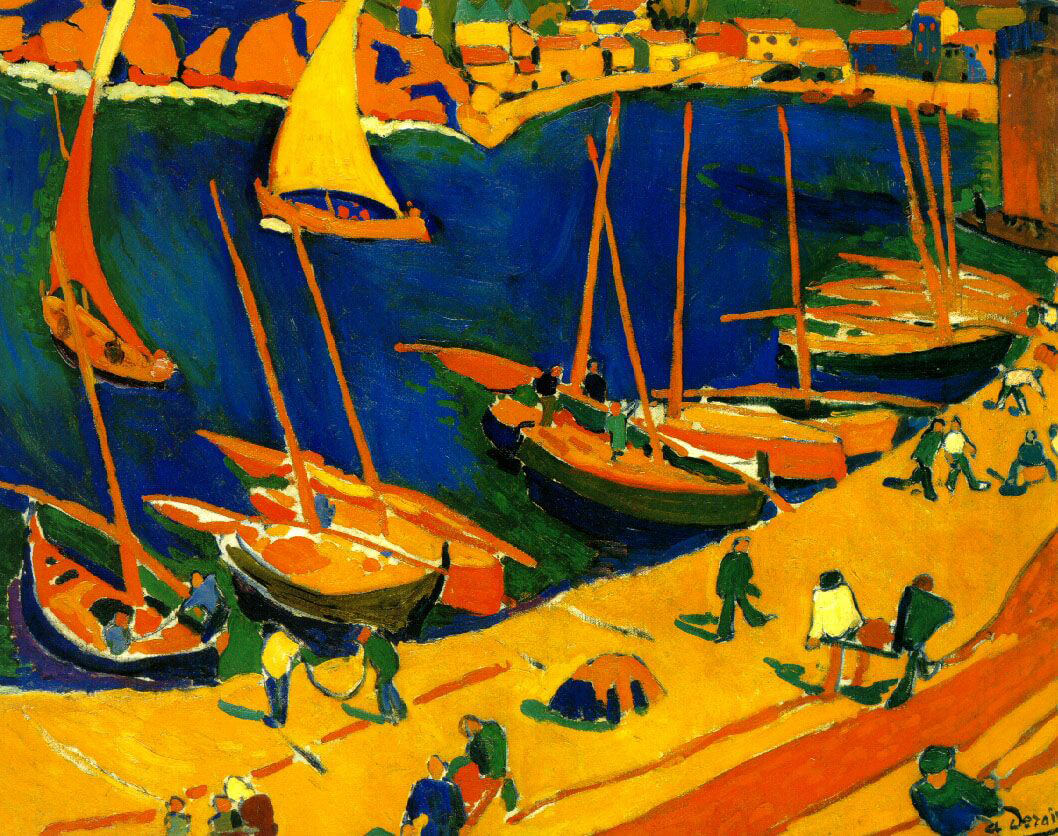
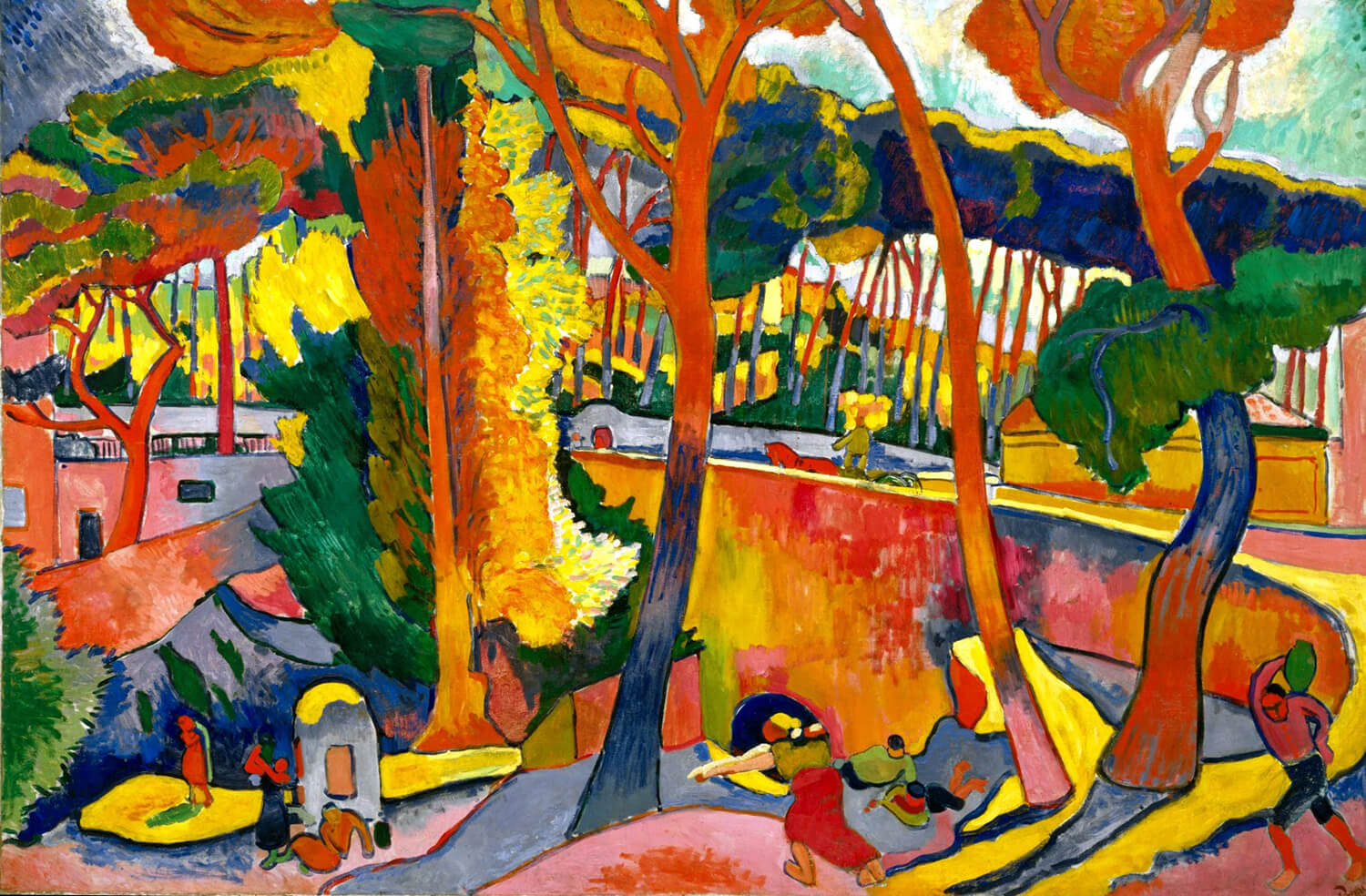




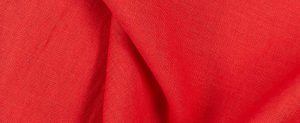











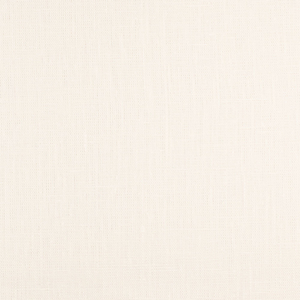














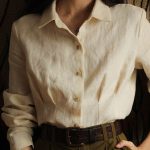
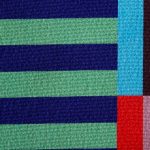


One Comment
Exotica leathers
This encourages you to get creative and breathe new life into old pieces. Creativity has been a powerful way for me to process emotions, especially feelings of anxiety, in times of struggle and change.